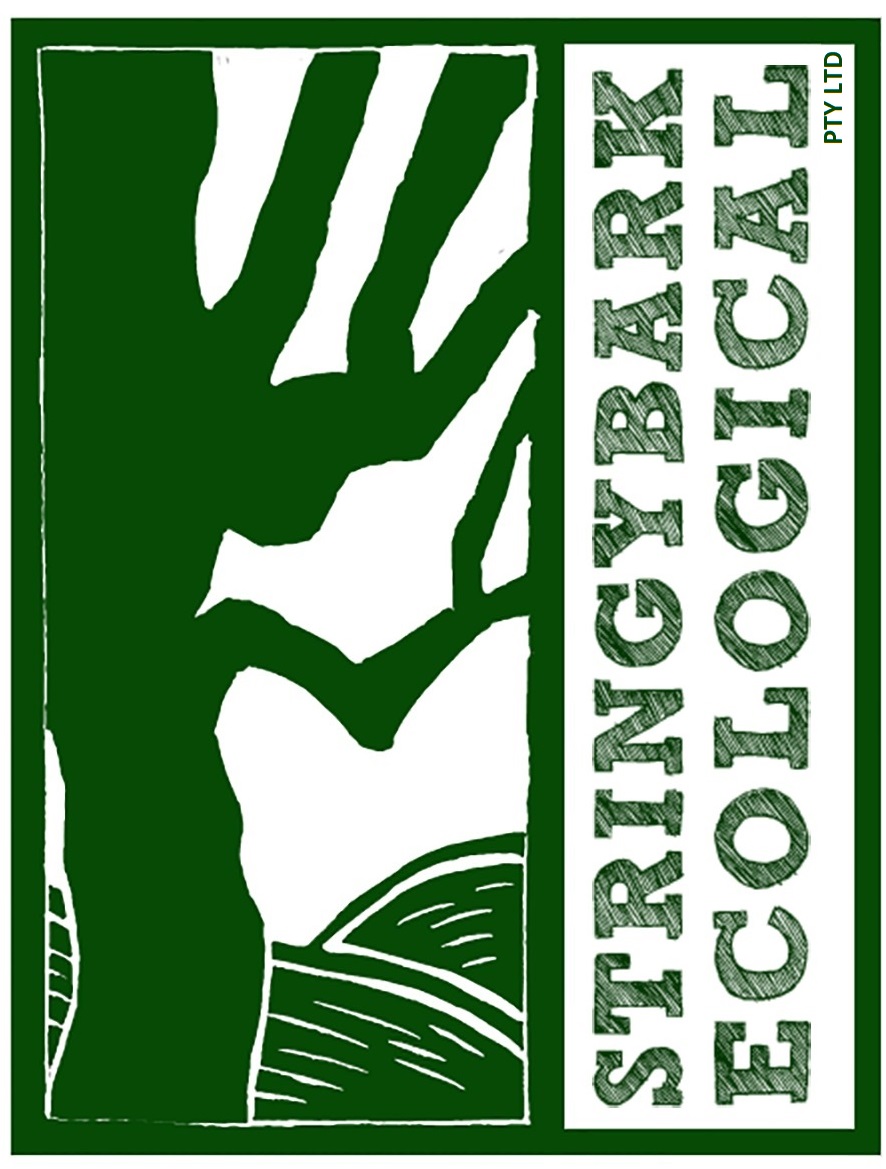Your cart is currently empty!
Plant Identification
Accurate identification of plants is essential for good bushland and farm management. Weeds, commercial species, threatened species or unknown species require specific management which can only be applied if you can recognise them. Stringybark Ecological offers a plant identification service. We can identify individual or multiple samples or we can visit your site and produce a comprehensive plant species list. For individual samples, you can collect a sample following our guidelines, press and dry it and send it by post or courier. We will identify it to sub-specific level (where possible) and send you the botanical name and common names. Full identification will depend on the material you send us as some species require specific parts such as flowers, fruit or bark for identification. If we cannot identify the plant to species level, we will give you a family and genus name as well as our best estimate of species name.
Guidelines for collecting and preparing a plant sample:
Collect a representative sample of the plant including leaves, flowers, fruit, bark. Do not remove leaves from the stem, include a shoot with multiple leaves. Try to get either flowers or fruit or both as it is nearly always essential to have these for identification. You can also include a photo of the plant or parts of the plant. Include a written description of the plant including habit (tree, shrub, grass etc), height and width, colour of leaves and flowers, time of flowering, bark type and colour (particularly for trees), where it was collected and something about the local environment (soil, slope position, topography).
Spread your plant sample across a tabloid-size sheet of newspaper and place more newspaper on top. Use at least 10 sheets of newspaper as this will absorb moisture from the plant. You might need to use several newspaper sheets to fit all of your different plant parts. Press the plant between newspaper sheets under a weight (heavy books are good). Change the newspaper a few times as it dries. Once the sample is dry, put it between 2 sheets of newspaper and then 2 sheets of box cardboard and post or courier it to us.
